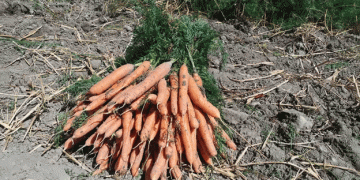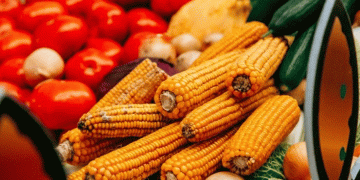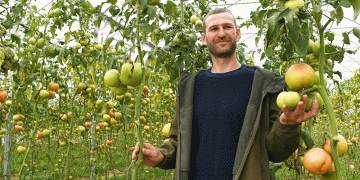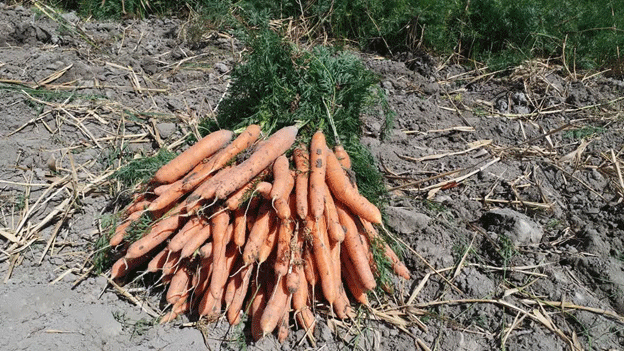The agricultural landscape in Urmia, a major farming region in Iran’s West Azerbaijan province, is evolving with the introduction of hybrid carrot varieties. For the first time, hybrid carrots were planted across a 5-hectare farm, marking a significant milestone in water-efficient farming practices. According to Parviz Amjadi, the Director of Agriculture in Urmia, the cultivation of hybrid carrots offers an economic alternative to water-intensive crops such as tomatoes, watermelons, and onions, which are commonly grown in the region.
The Importance of Hybrid Carrots
The hybrid carrot variety introduced in Urmia has proven to be a promising addition to the region’s agricultural output. The decision to focus on this crop aligns with the growing need for sustainable farming methods that minimize water usage. With over 4,500 hectares of land in Urmia dedicated to vegetable cultivation, the move towards hybrid carrots is an important shift in addressing the local challenges of water scarcity.
Hybrid carrots, unlike traditional carrot varieties, are bred for higher yields, better disease resistance, and adaptability to different environmental conditions. This makes them particularly valuable in regions like Urmia, where water resources are limited. In addition to their lower water requirements, hybrid carrots can be harvested in both summer production cycles and as a second crop following wheat, barley, or rapeseed, which allows farmers to make better use of their land throughout the year.
Drip Irrigation: Increasing Water Efficiency
A key component of this initiative has been the implementation of drip irrigation technology, known locally as “narrow-tape irrigation.” This method has resulted in an 80% increase in water-use efficiency, as highlighted by Amjadi. Drip irrigation ensures that water is delivered directly to the plant roots, reducing wastage through evaporation and runoff. This is especially crucial in a region where water resources are under pressure due to climate change and agricultural demands.
Drip irrigation also allows farmers to control the amount of water each plant receives, which not only conserves water but also improves the quality and size of the carrot yield. According to data from similar regions, farms using drip irrigation have reported up to 50% higher yields compared to those using traditional flood irrigation methods. This makes it a vital tool for Urmia’s farmers, who are increasingly being urged to adopt more efficient irrigation techniques to ensure long-term sustainability.
Economic and Environmental Benefits
Hybrid carrots are an economically viable crop that could gradually replace other water-intensive crops, contributing to both local income and environmental conservation. Watermelons, tomatoes, and onions, while profitable, consume vast amounts of water, and their continued cultivation places a strain on the region’s water reserves. By switching to hybrid carrots, farmers in Urmia are not only improving their water footprint but also diversifying their crop portfolios, which can make them more resilient to market fluctuations and environmental challenges.
Additionally, the prolonged harvest period for hybrid carrots—from summer through early December—provides a steady income stream for farmers, reducing the financial risks associated with single-season crops. The ability to plant carrots as a second crop after wheat or barley further enhances the economic appeal, allowing farmers to maximize land use efficiency.
The successful harvest of hybrid carrots in Urmia signals a shift towards more sustainable and water-efficient farming practices. By adopting drip irrigation and focusing on crops with lower water demands, farmers in the region are taking proactive steps to address the challenges posed by water scarcity. As more farmers adopt these practices, the future of agriculture in Urmia looks both economically and environmentally promising.
































